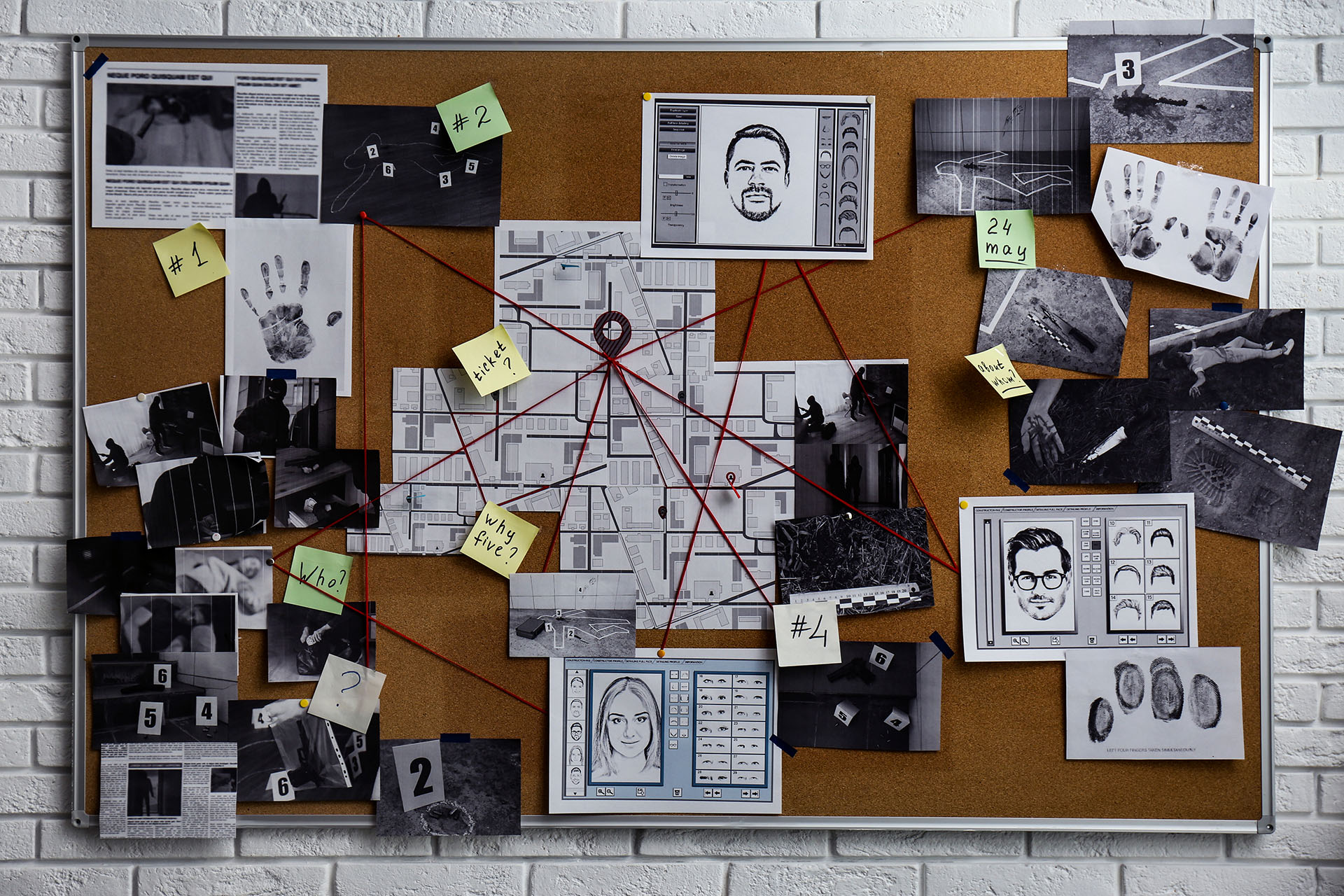Chorus celebrates its 10th birthday in 2021. Boyd Mulvey explains how investigations have changed in that time using the interesting analogy of corporate merchandise.
In 2011, our CEO and Founder, Boyd Mulvey, spotted something in police investigations that he knew he could help with, data cleansing. Having solved a similar challenge in the financial industry, he knew that the current manual process of cleansing and analysing call data records could be done far more efficiently using technology. And just like that Chorus was born. At that time, Intelligence Analysts were manually looking through data to spot duplicates and consolidate rows to ensure accurate counts of events for court submissions. This process could take them weeks depending on the amount of data that they had to get through. (Read more on what data cleansing is here)
When launching a company, the first thing you need is customers, and to get customers, you need to market the product and business. One of the methods is to use corporate merchandise, such as pens, books, and coffee cups, to help spread awareness. As Boyd explains in the video below, the hottest items 10 years ago were highlighter pens and rulers, as Analysts were printing data and using these to highlight rows for consolidating and cleansing.
Today, almost all Analysts use communications data cleansing and analysis tools (if you don’t please let us know!) as Chorus has been proven to save 97% of time when processing the data. The software has also morphed from just the cleansing engine into a fully integrated analysis and visualisation tool that is used every day to help solve some of the most serious crimes in the UK.
The most popular merchandise that we now have is notebooks and coffee cups as Analysts and Investigators spend more time analysing the data and collaborating on cases to ensure successful outcomes. Slight sidebar here that the highlighters are still extremely popular but mainly for our customer’s children!
In addition to a change in the way people work, we have also seen the democratisation of data across law enforcement. Analysts are a finite resource and due to cutbacks and increasing amounts of data, they are unable to resource every investigation. Some analysis and even data cleansing was therefore landing at the feet of Investigators who were either not trained or not confident in interpreting the data. This still occurs today but again we have tools to assist Investigators to get high level answers from their data and open lines of enquiry and progress a case. We have seen a new breed of Investigator, the DMI, that is now charged with providing specialist digital investigative assistance to live incidents, intelligence, and proactive and reactive investigations.
Finally, especially after 2020, the adoption of cloud technology has grown significantly in the last few years. Even as recent as 2017 some forces weren’t comfortable with data being processed in the cloud due to security concerns. Fast forward to January 2021 and half of our customers use our private PASF cloud environment and many other forces and agencies use Amazon AWS and Microsoft Azure for other applications.
Data sharing across clouds is still relatively new but 2020 saw three of our customers agree to share data between them in the cloud to help combat serious and organised crime.
How will things change in the next 10 years? Well, we hope to see more total cloud collaborative data sharing and more interoperability and integration of technology to empower law enforcement and their staff to combat crime and keep the public safe.
















